Top 10 Log Analysis Tools & Software in 2025
Data breaches cost organizations an average of $4.45 million globally, with U.S. companies facing even steeper losses at $9.48 million per incident. Your log files contain the early warning signals that could prevent these costly disasters - if you have the right tools to analyze them.
With cyberattacks increasing by 38% year-over-year and regulatory compliance requirements tightening across industries, log analysis has evolved from a "nice-to-have" to a critical security and operational necessity. The right log analysis tools can mean the difference between catching a threat in minutes versus discovering a breach months later.
What is Log Analysis?
Log analysis is the process of examining, parsing, and interpreting log files generated by systems, applications, and network devices to extract meaningful insights about performance, security, and operational status. Unlike basic monitoring tools that track predefined metrics, log analysis tools process unstructured text data to identify patterns, anomalies, and security threats in real-time.
Log Analysis vs Logfile Analysis vs Log Monitoring
While these terms are often used interchangeably, there are subtle distinctions:
Log Analysis: The comprehensive process of parsing, correlating, and investigating historical log data to understand system behavior and identify root causes.
Logfile Analysis: Typically refers to examining individual log files or specific log formats, often with simpler tools or manual processes.
Log Monitoring Software: Focuses on real-time observation of log streams, immediate alerting, and ongoing system health checks rather than deep historical analysis.
Log analysis tools combine all three approaches, providing real-time monitoring capabilities alongside powerful historical analysis and investigation features.
Why Log Analysis Tools Are Important
Security Threats: With ransomware attacks occurring every 11 seconds, logs often contain the first indicators of compromise
Compliance Requirements: Regulations like GDPR, SOX, and HIPAA mandate comprehensive logging and analysis capabilities
System Complexity: Microservices and cloud-native architectures generate massive log volumes requiring automated analysis
Operational Efficiency: Proactive log analysis reduces mean time to resolution (MTTR) by 60-80%
Cost Avoidance: Early detection through log analysis prevents costly outages and security incidents
Categories of Log Analysis Tools
Security-Focused Log Analysis Tools
Purpose-built for threat detection, compliance monitoring, and incident response with advanced correlation engines and security-specific parsing rules.
Enterprise Log Management Platforms
Comprehensive solutions handling high-volume log ingestion, storage, and analysis across complex IT environments with advanced scalability features.
Open Source Log Analyzers
Community-driven solutions offering customization flexibility and cost-effectiveness, ideal for teams with strong technical capabilities.
Cloud-Native Log Monitoring Solutions
Built for modern cloud environments with auto-discovery, containerized deployment, and native integration with cloud provider services.
Real-Time Log Analysis Software
Specialized tools focusing on streaming log analysis, immediate alerting, and rapid response to critical events as they occur.
Top 10 Log Analysis Tools in 2025
Uptrace
Market Position: Emerging unified observability platform with integrated log analysis
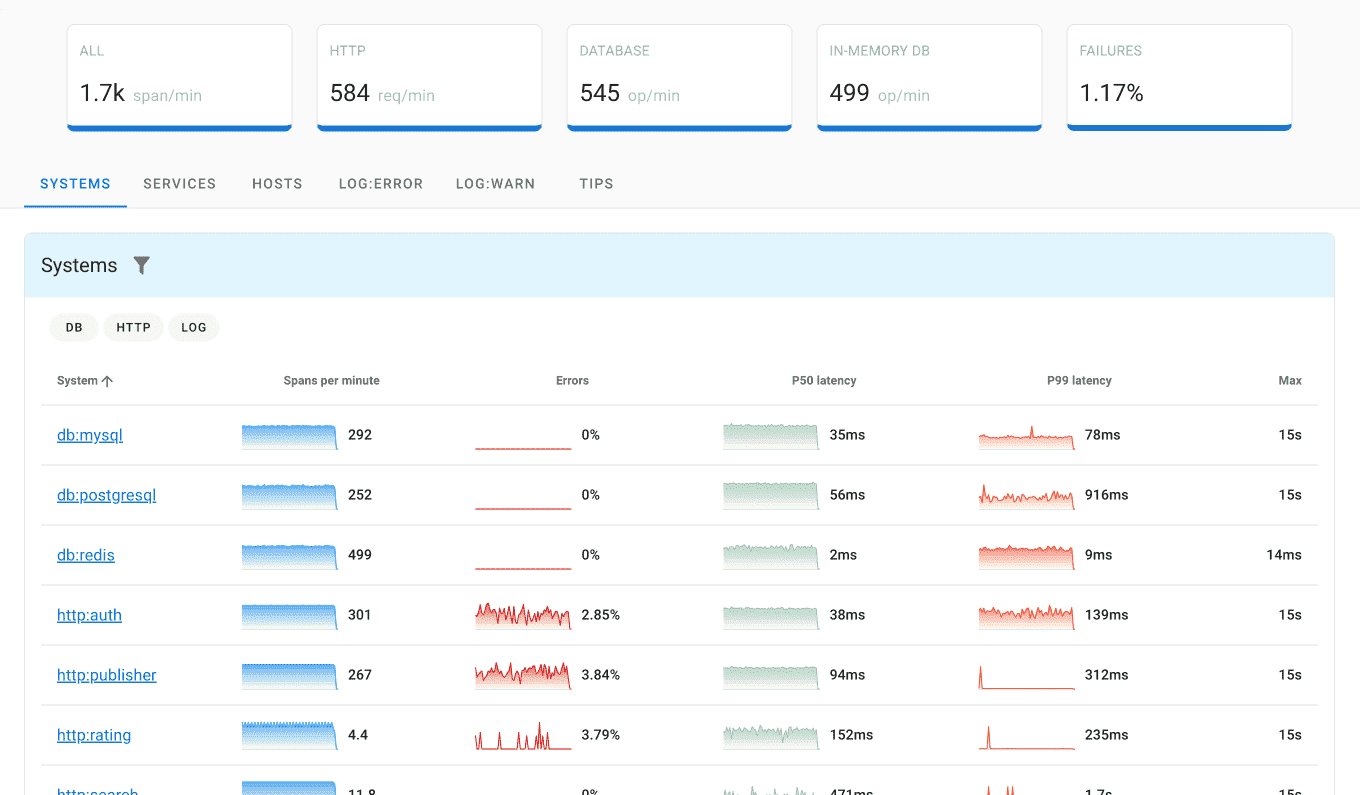
Why Choose Uptrace: Combines log analysis with distributed tracing and metrics in a single platform, offering enterprise features at startup-friendly pricing with OpenTelemetry-native architecture.
Key Features:
- Unified Observability: Logs, metrics, and traces in single platform
- OpenTelemetry Native: Built-in support for modern observability standards
- Advanced Correlation: Intelligent correlation between different data types
- Cost-Effective: Transparent pricing without per-user or per-host fees
Best For: Teams wanting unified observability with cost-effective log analysis
Pros: Unified platform, excellent value, modern architecture
Cons: Newer in market, smaller ecosystem than established vendors
Splunk
Market Position: Industry leader with 63.56% SIEM market share, 14,885+ customers
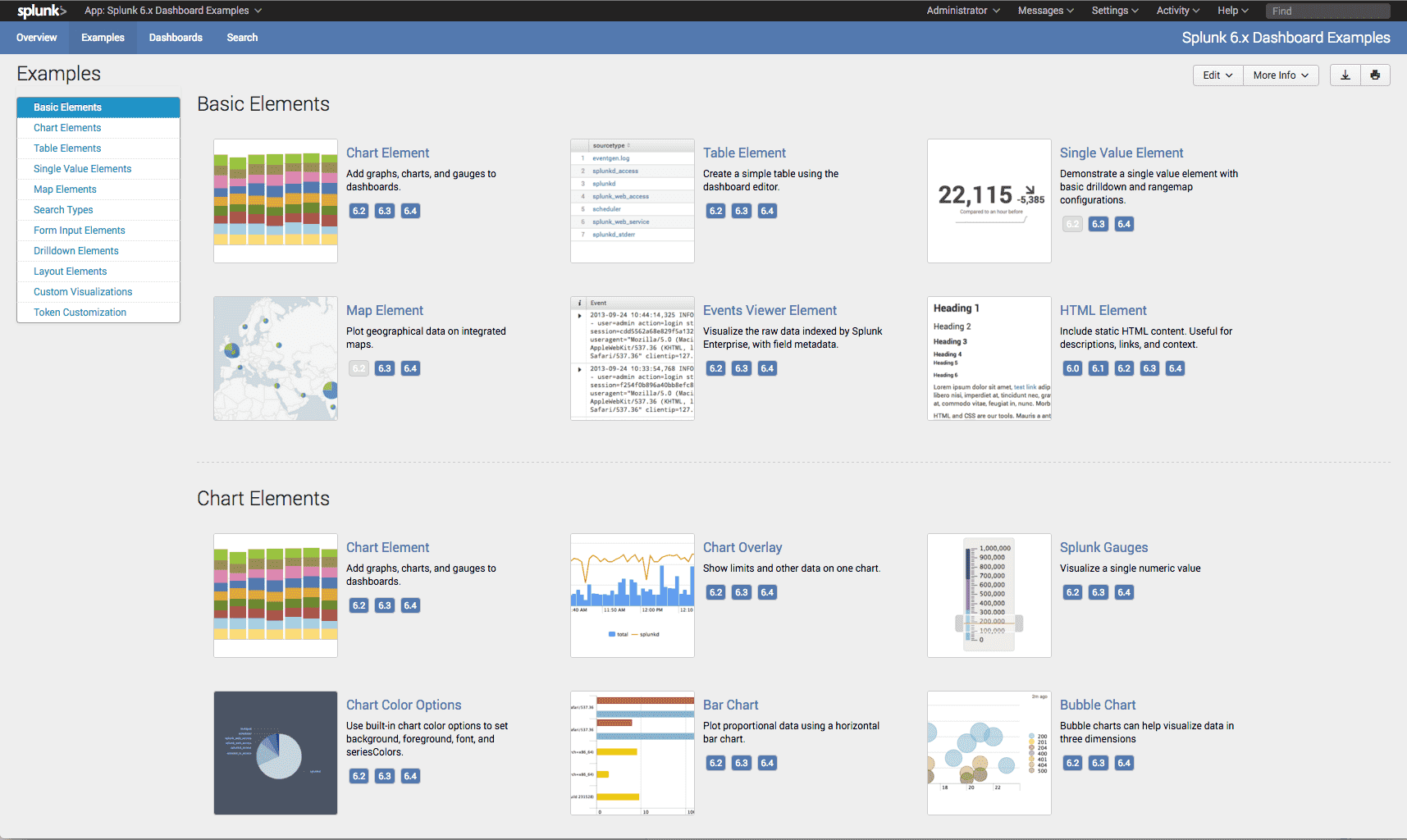
Why Choose Splunk: The gold standard for enterprise log analysis, particularly in security-focused environments. Splunk's Search Processing Language (SPL) provides unmatched flexibility for complex log investigations, while machine learning capabilities automatically detect anomalies across petabytes of data.
Key Features:
- Advanced Search: Powerful SPL query language for complex log analysis
- Machine Learning: Automated anomaly detection and pattern recognition
- Security Focus: Built-in SIEM capabilities and threat intelligence integration
- Massive Scale: Handles petabyte-scale log volumes with distributed architecture
Best For: Large enterprises with complex security requirements and substantial log volumes
Pros: Most comprehensive features, excellent security capabilities, strong enterprise support
Cons: High cost at scale, complex setup, steep learning curve
ELK Stack
Market Position: Leading open-source standard with 5,000+ enterprise deployments
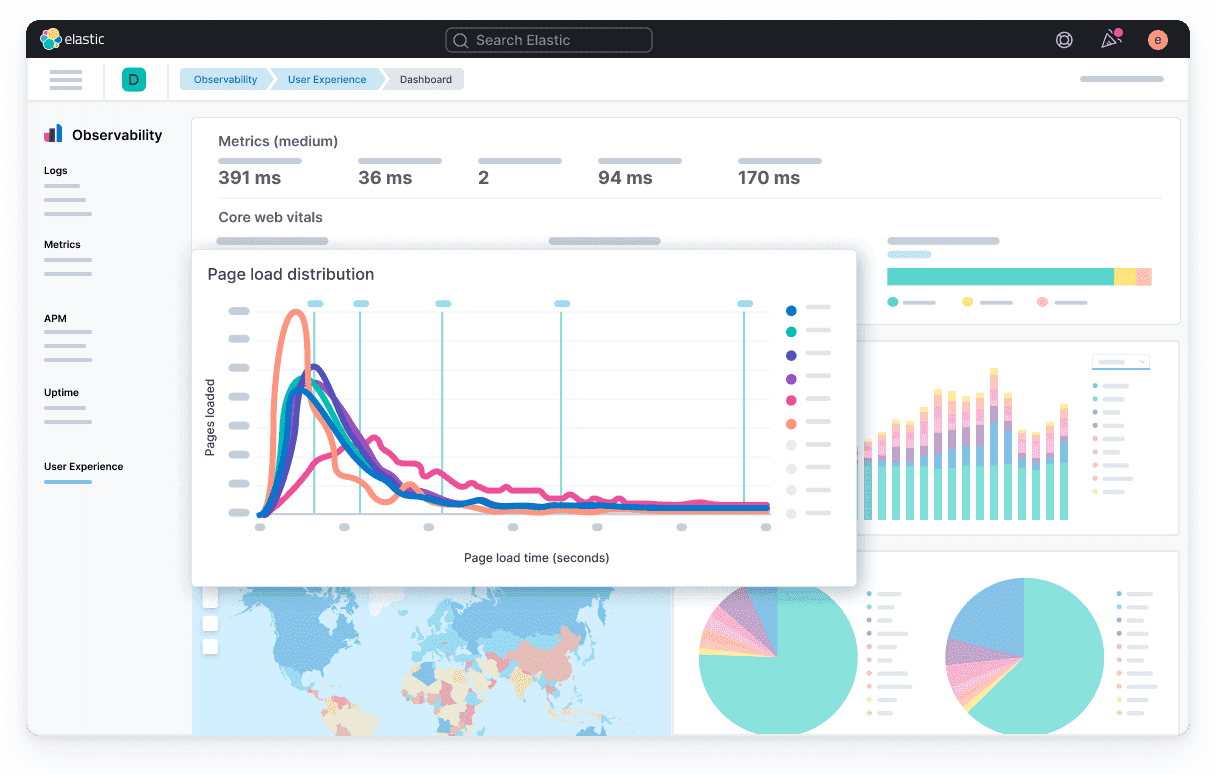
Why Choose ELK Stack: The most popular open-source log analysis solution, offering enterprise-grade capabilities without licensing costs. Ideal for organizations with technical expertise wanting full control over their log analysis infrastructure.
Key Features:
- Elasticsearch: Distributed search engine for fast log queries
- Logstash: Flexible data processing pipeline with 200+ plugins
- Kibana: Rich visualization and dashboard capabilities
- Beats: Lightweight data shippers for log collection
Best For: Organizations with DevOps expertise wanting customizable, cost-effective solutions
Pros: No licensing costs, highly customizable, strong community support
Cons: Requires technical expertise, resource-intensive, complex scaling
Datadog Logs
Market Position: Part of leading observability platform with 47,431+ customers
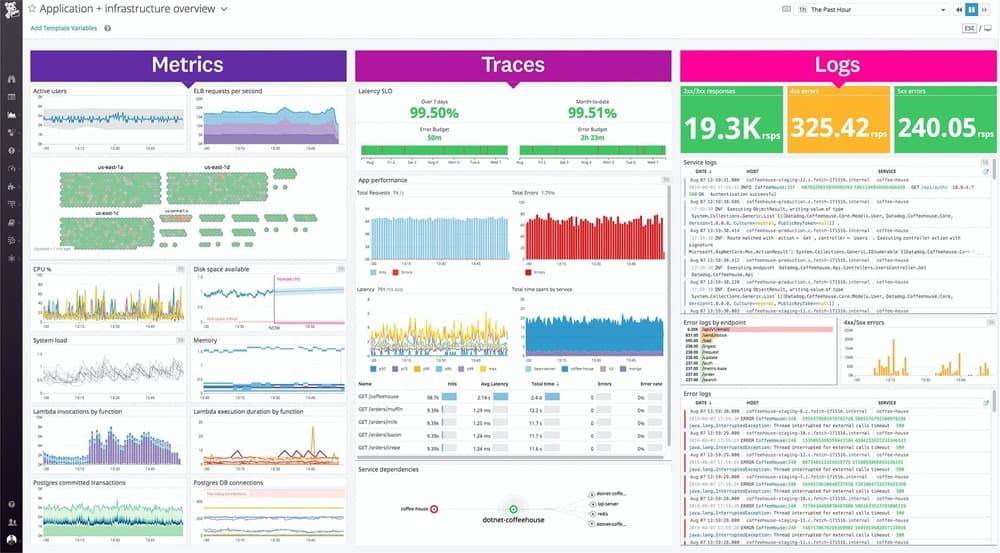
Why Choose Datadog: Seamless integration with infrastructure monitoring and APM tools, providing unified visibility across your entire stack. Excellent for teams already using Datadog's observability platform.
Key Features:
- Live Tail: Real-time log streaming with instant filtering
- Log Correlation: Automatic linking between logs, metrics, and traces
- Pattern Detection: AI-powered log pattern recognition and clustering
- Unified Platform: Combined logs, metrics, and traces analysis
Best For: Organizations seeking unified observability with integrated log analysis
Pros: Excellent integration, user-friendly interface, powerful correlation
Cons: Can be expensive at scale, vendor lock-in concerns
Graylog
Market Position: Popular open-source enterprise solution with flexible commercial options
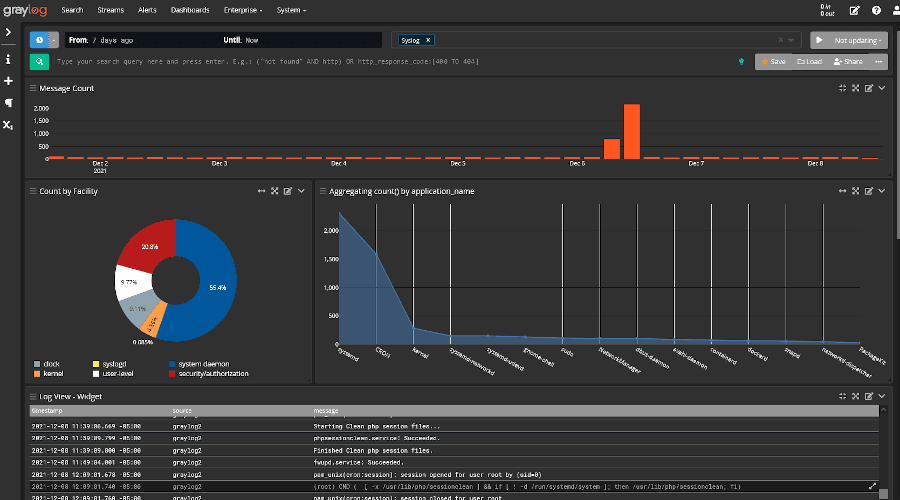
Why Choose Graylog: Combines open-source flexibility with enterprise features, offering powerful stream processing and real-time analysis. Excellent balance between cost-effectiveness and advanced capabilities.
Key Features:
- Stream Processing: Real-time log processing and enrichment
- Dynamic Pipelines: Custom log transformation and routing rules
- Centralized Management: Unified configuration across distributed collectors
- Alert Framework: Flexible alerting with customizable conditions
Best For: Mid-to-large enterprises needing flexible, scalable log management
Pros: Powerful processing capabilities, good documentation, reasonable pricing
Cons: Complex configuration, requires technical knowledge
New Relic Logs
Market Position: Part of comprehensive observability platform with 175,839+ customers

Why Choose New Relic: Strong integration with application performance monitoring, making it ideal for development teams focused on application troubleshooting and performance optimization.
Key Features:
- Log Context: Automatic correlation with APM data
- Query Builder: Intuitive interface for log analysis
- Anomaly Detection: ML-powered detection of unusual log patterns
- Developer Focus: Optimized for application debugging workflows
Best For: Development teams needing integrated application monitoring and log analysis
Pros: Excellent APM integration, developer-friendly, generous free tier
Cons: Less comprehensive than pure log analysis tools, can be costly for high volumes
Sumo Logic
Market Position: Cloud-native security analytics platform with 1,930+ customers

Why Choose Sumo Logic: Strong focus on security analytics and compliance, with machine learning capabilities for advanced threat detection and automated incident response.
Key Features:
- Security Analytics: Built-in threat detection and investigation tools
- Machine Learning: Automated anomaly detection and behavioral analysis
- Compliance Support: Pre-built dashboards for regulatory requirements
- Cloud-Native: Built for cloud and hybrid environments
Best For: Security-focused organizations with compliance requirements
Pros: Strong security focus, good ML capabilities, compliance features
Cons: Premium pricing, complex for basic use cases
Logz.io
Market Position: Managed ELK service provider with enhanced intelligence features
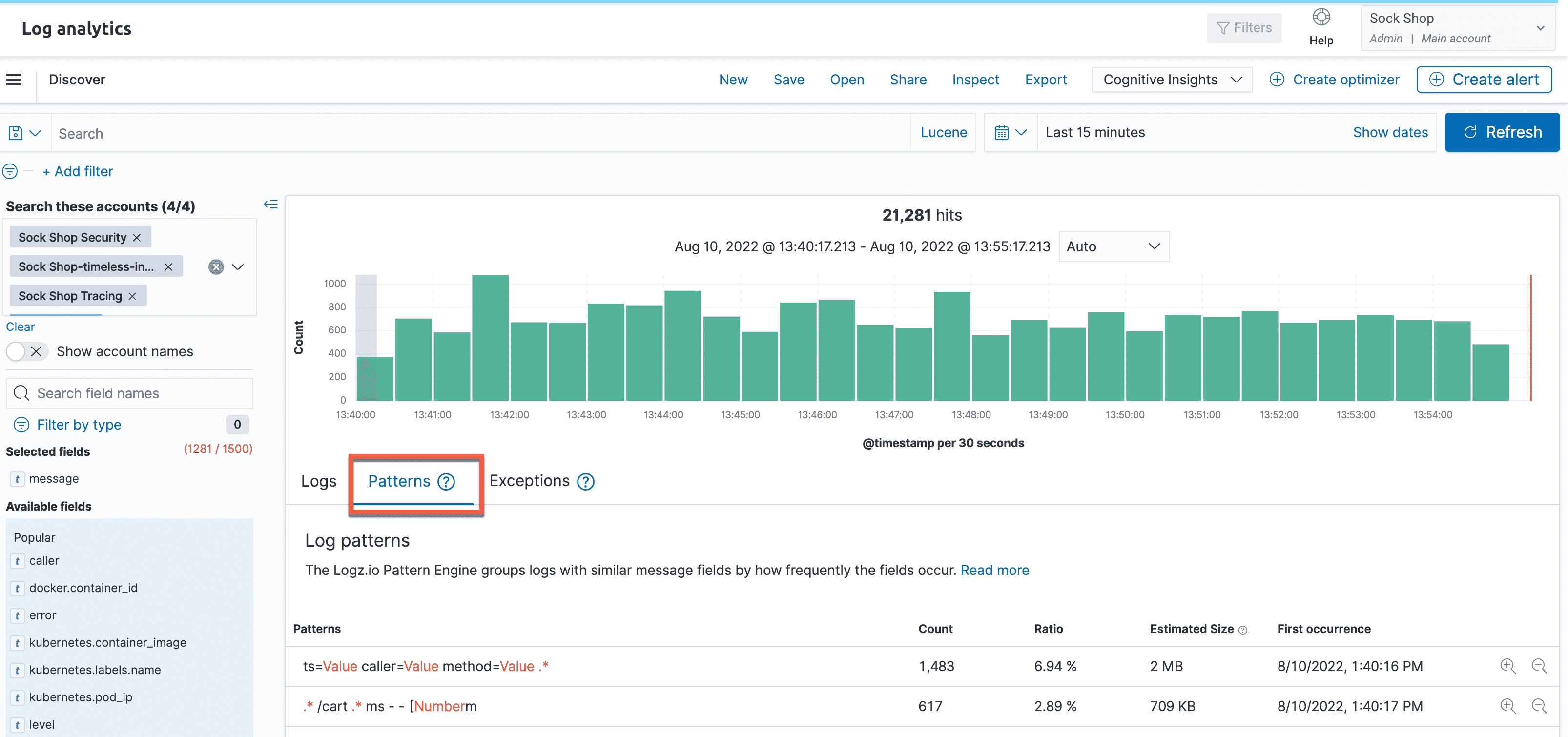
Why Choose Logz.io: Provides ELK Stack benefits without operational overhead, enhanced with AI-powered features for noise reduction and pattern recognition.
Key Features:
- Managed ELK: Fully managed Elasticsearch, Logstash, Kibana service
- AI Enhancement: Machine learning for log pattern detection
- Built-in Alerts: Intelligent alerting with noise reduction
- DevOps Integration: Strong CI/CD and development workflow support
Best For: Teams wanting ELK capabilities without infrastructure management
Pros: No infrastructure management, AI enhancements, good support
Cons: Less customization than self-hosted ELK, vendor dependency
Fluentd
Market Position: Leading open-source log collector with 7,528+ deployments

Why Choose Fluentd: Specialized in log collection and routing, perfect for complex multi-cloud environments requiring flexible log aggregation across diverse sources.
Key Features:
- 500+ Plugins: Extensive integration ecosystem
- High Performance: Efficient log collection with minimal resource usage
- Flexible Routing: Complex log routing and transformation rules
- Cloud-Agnostic: Works across all major cloud providers
Best For: Organizations needing flexible log collection across distributed environments
Pros: Highly flexible, excellent performance, strong community
Cons: Collection-focused (needs additional tools for analysis), configuration complexity
SolarWinds Log Analyzer
Market Position: Part of comprehensive IT management suite
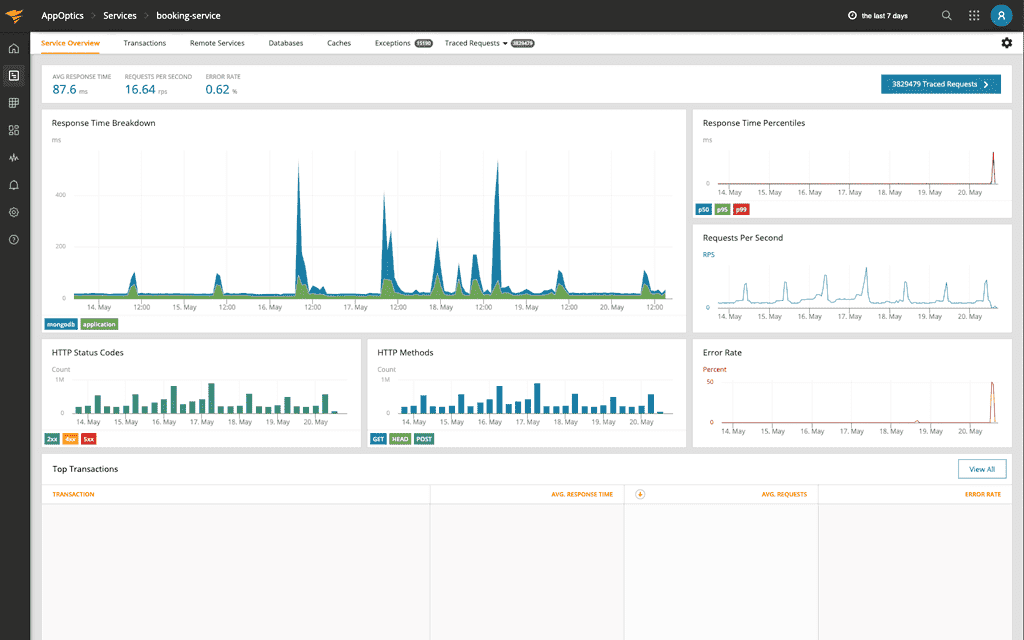
Why Choose SolarWinds: Tight integration with broader IT infrastructure monitoring, ideal for organizations already using SolarWinds ecosystem.
Key Features:
- IT Integration: Seamless integration with SolarWinds monitoring tools
- Event Correlation: Automated correlation between logs and infrastructure events
- Compliance Reporting: Built-in compliance and audit reporting
- Enterprise Support: Comprehensive support and professional services
Best For: Organizations with existing SolarWinds infrastructure
Pros: Strong IT integration, good support, compliance features
Cons: Limited standalone capabilities, higher pricing
Log Analysis Tools Comparison
| Tool | Best For | Pricing | Deployment | Security Focus | Scalability |
|---|---|---|---|---|---|
| Splunk | Enterprise Security | High | On-prem/Cloud | Excellent | Massive |
| ELK Stack | Custom Solutions | Free/Self-hosted | Self-managed | Good | High |
| Datadog | Unified Observability | Per-event | Cloud | Good | High |
| Graylog | Balanced Features | Medium | Hybrid | Good | High |
| New Relic | Developer Teams | Moderate | Cloud | Basic | Medium |
| Sumo Logic | Security Analytics | High | Cloud | Excellent | High |
| Logz.io | Managed ELK | Medium | Cloud | Good | Medium |
| Fluentd | Log Collection | Free | Self-hosted | Basic | High |
| SolarWinds | IT Integration | High | On-prem | Good | Medium |
| Uptrace | Cost-Conscious | Low | Hybrid | Good | High |
Quick Selection Guide
- Choose Splunk if: Security is paramount and budget is not the primary concern
- Choose ELK Stack if: You have technical expertise and want maximum customization
- Choose Datadog if: You need unified observability across logs, metrics, and traces
- Choose Graylog if: You want enterprise features with open source flexibility
- Choose Uptrace if: You need modern observability features at competitive pricing
- Choose Sumo Logic if: Security analytics and compliance are top priorities
- Choose New Relic if: Your focus is application performance and developer experience
Conclusion
The log analysis tools landscape in 2025 offers solutions for every organization size, technical capability, and budget. While Splunk remains the enterprise standard for security-focused environments, alternatives like ELK Stack provide powerful open-source options, and newer platforms like Uptrace offer modern observability features at competitive pricing.
Success with log analysis depends not just on tool selection, but on implementing proper data governance, security practices, and operational processes. Start with a clear understanding of your use cases, evaluate tools based on your specific requirements, and plan for long-term growth and evolution.
Most importantly, remember that logs are only valuable if they lead to actionable insights. Choose tools that not only collect and analyze your logs effectively but also integrate well with your existing workflows and enable rapid response to the issues they reveal.
FAQ
What's the difference between log analysis and log monitoring? Log analysis focuses on investigating historical data to identify patterns and troubleshoot issues, while log monitoring emphasizes real-time observation and immediate alerting. Modern tools typically combine both capabilities.
Which log analyzer is best for security? Splunk leads in security capabilities with advanced SIEM features, followed by Sumo Logic for security analytics. For budget-conscious organizations, ELK Stack with security plugins provides strong security analysis capabilities.
How much should I budget for log analysis tools? Small teams: $500-2,000/month. Mid-market: $2,000-10,000/month. Enterprise: $10,000-50,000+/month. Costs vary significantly based on log volume, retention requirements, and feature needs.
Can I analyze logs without expensive software? Yes, open source solutions like ELK Stack and Graylog provide powerful analysis capabilities without licensing costs. However, factor in infrastructure, maintenance, and expertise requirements.
What log formats do these tools support? Most modern tools support common formats like syslog, JSON, Apache/Nginx logs, Windows Event Logs, and custom formats. Tools like ELK Stack and Splunk offer extensive parsing capabilities for virtually any log format.
How do I handle sensitive data in logs? Implement data masking, use field-level encryption, set up proper access controls, and ensure compliance with privacy regulations. Many tools offer built-in PII detection and masking capabilities.
You may also be interested in: